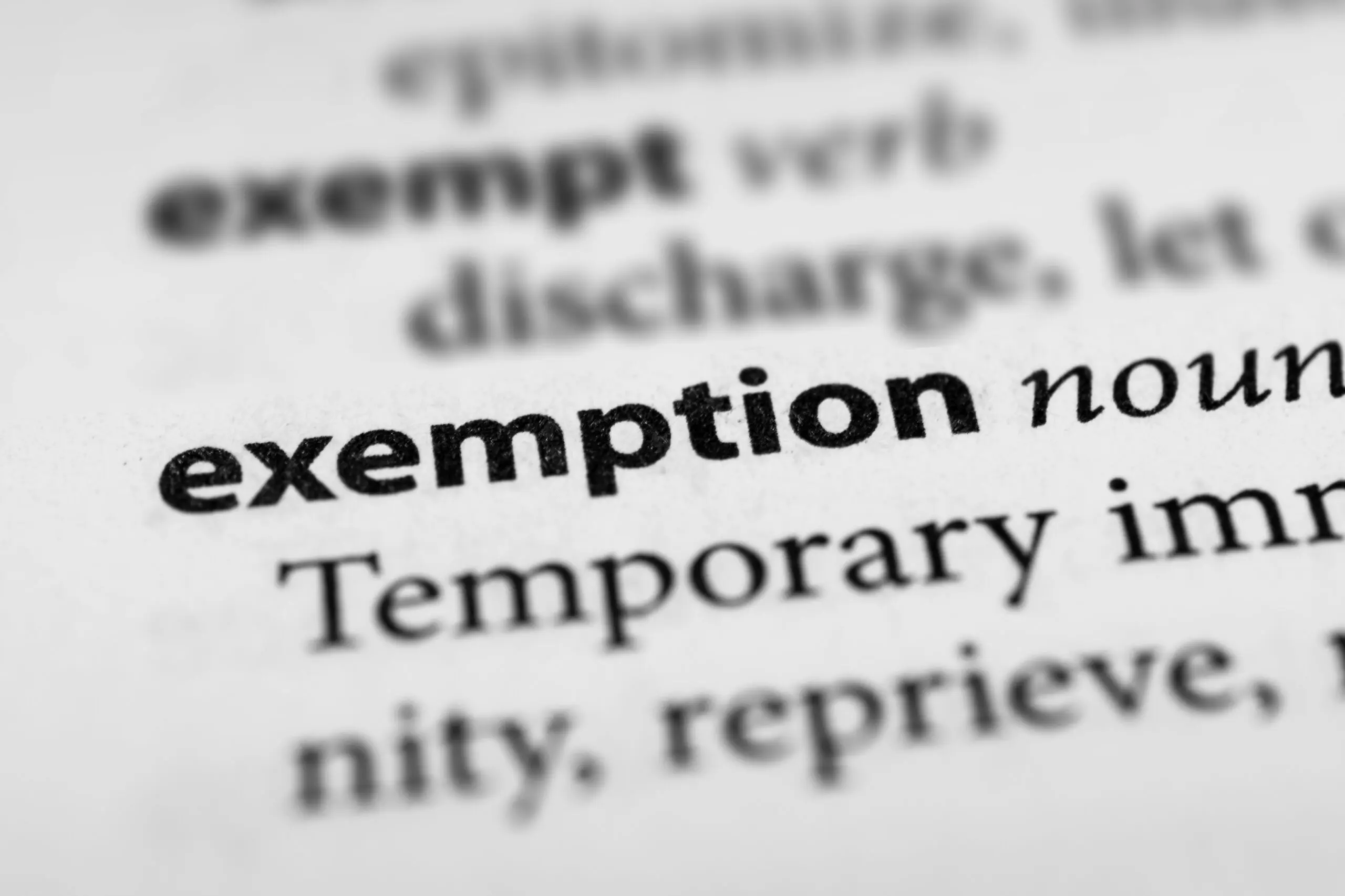Understanding Prohibited Transaction Exemptions: A Deep Dive into the Department of Labor’s Final Regulations
On January 24, 2024, the Department of Labor (DOL) announced significant updates to its application procedures for prohibited transaction exemptions (PTEs). The regulations, effective April 8, 2024, mark a significant change in how exemptions are requested and approved under ERISA and the Internal Revenue Code. They aim to ensure exemptions serve the best interests of plans and participants while upholding inherent protective measures in the law.
Background: What Are Prohibited Transaction Exemptions?
Prohibited transaction exemptions are essential mechanisms that allow certain transactions that would otherwise be prohibited under ERISA or the Internal Revenue Code. These exemptions must meet specific criteria: administrative feasibility, alignment with the plan’s interests, and protection of participants’ and beneficiaries’ rights.
The DOL has the authority to grant exemptions beyond those explicitly stated in ERISA or the Internal Revenue Code. Historically, the DOL has employed a set of procedures to review and approve these exemptions, with the most recent version dating back to 2011. However, in March 2022, the DOL proposed updates to these procedures, culminating in the recently published final regulations.
Key Changes in the Final Procedures: A Comprehensive Overview
The final procedures retain several key elements from the proposal while addressing concerns raised during the comment period. Let’s delve into the notable changes and provisions outlined in the final regulations:
1. Past Exemptions Are Not Determinative: The final procedures clarify that the existence of previously issued exemptions does not dictate future exemption decisions. This stance provides flexibility while ensuring each exemption request receives thorough scrutiny.
2. Impartial Conduct Standards Extended to All Exemptions: The final procedures mandate adherence to Impartial Conduct Standards for all exemption transactions, emphasizing the best interests of the plan and participants.
3. New Information Required for Applications: Exemption applications now demand extensive information, including the rationale behind the transaction, potential benefits, costs, and conflicts of interest.
4. Qualified Independent Fiduciaries & Appraisers (2% / 5% Rule): The regulations maintain conditions for fiduciaries and appraisers, preserving the thresholds for independence while making adjustments to the presumption rules.
5. Prohibited Contract Terms (Indemnification & Waivers): Contractual terms that indemnify or waive rights against fiduciaries, appraisers, auditors, or accountants involved in the transaction are generally prohibited.
6. Anonymous Pre-Submission Communication*: The final procedures allow for anonymous pre-submission conversations with the DOL, enhancing transparency in the application process.
7. Public Inspection of Administrative Record: The administrative record for exemption requests will be available for public inspection upon the filing of the exemption application.
8. Investigations and Criminal Proceedings: The regulations require disclosure of relevant investigations or litigations involving parties in interest, ensuring transparency without categorical bars.
9. Fiduciary Liability Insurance: While not mandatory, the regulations encourage fiduciaries to maintain sufficient liability insurance to protect plan participants and beneficiaries.
10. Penalty of Perjury Eliminated: Declarations under penalty of perjury are replaced with certifications of accuracy and truthfulness.
11. Fiduciary Independence from the Exemption Development: Fiduciaries must maintain independence from parties involved in the exemption’s development, ensuring impartiality.
12. Appraiser Independence from Qualified Independent Fiduciaries: The requirement for appraisers to be independent from qualified fiduciaries is removed in the final regulations.
13. Selection of Qualified Independent Fiduciaries and Appraisers: The regulations emphasize the importance of a prudent selection process for fiduciaries and appraisers.
14. Exemption Application Expenses: The final regulations remove restrictions on plan bearing exemption application costs.
15. Definitional Changes: The definitions of “party involved in exemption transactions” and “affiliate” undergo revisions for clarity and inclusivity.
Conclusion
For answers to your SDIRA questions, please reach out to us at uDirect IRA Services by emailing us at info@uDirectIRA.com

